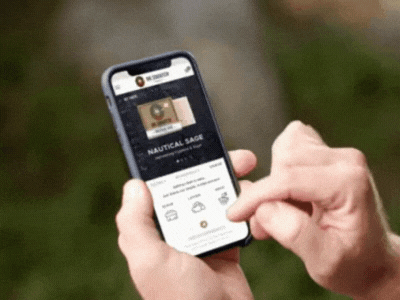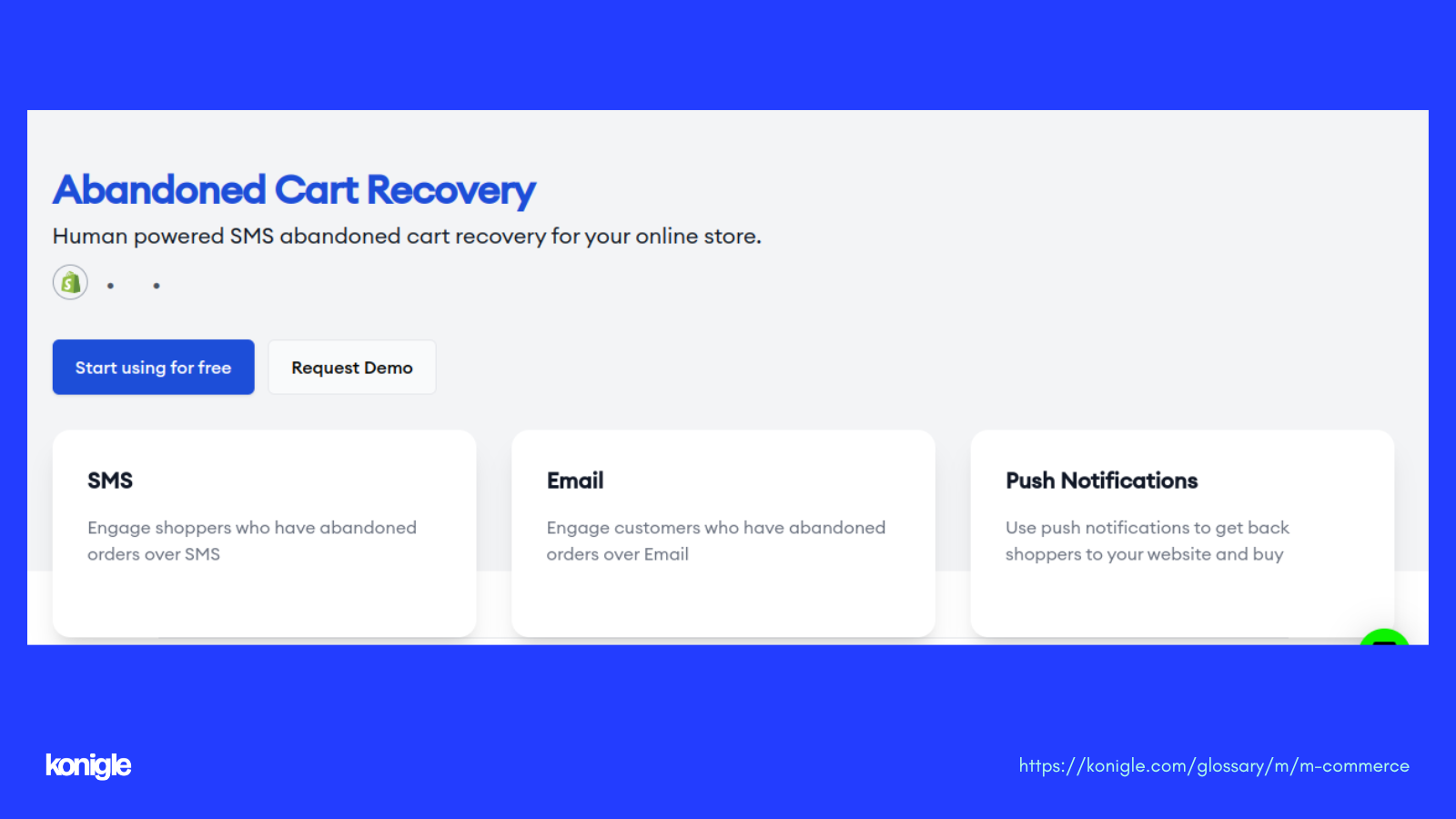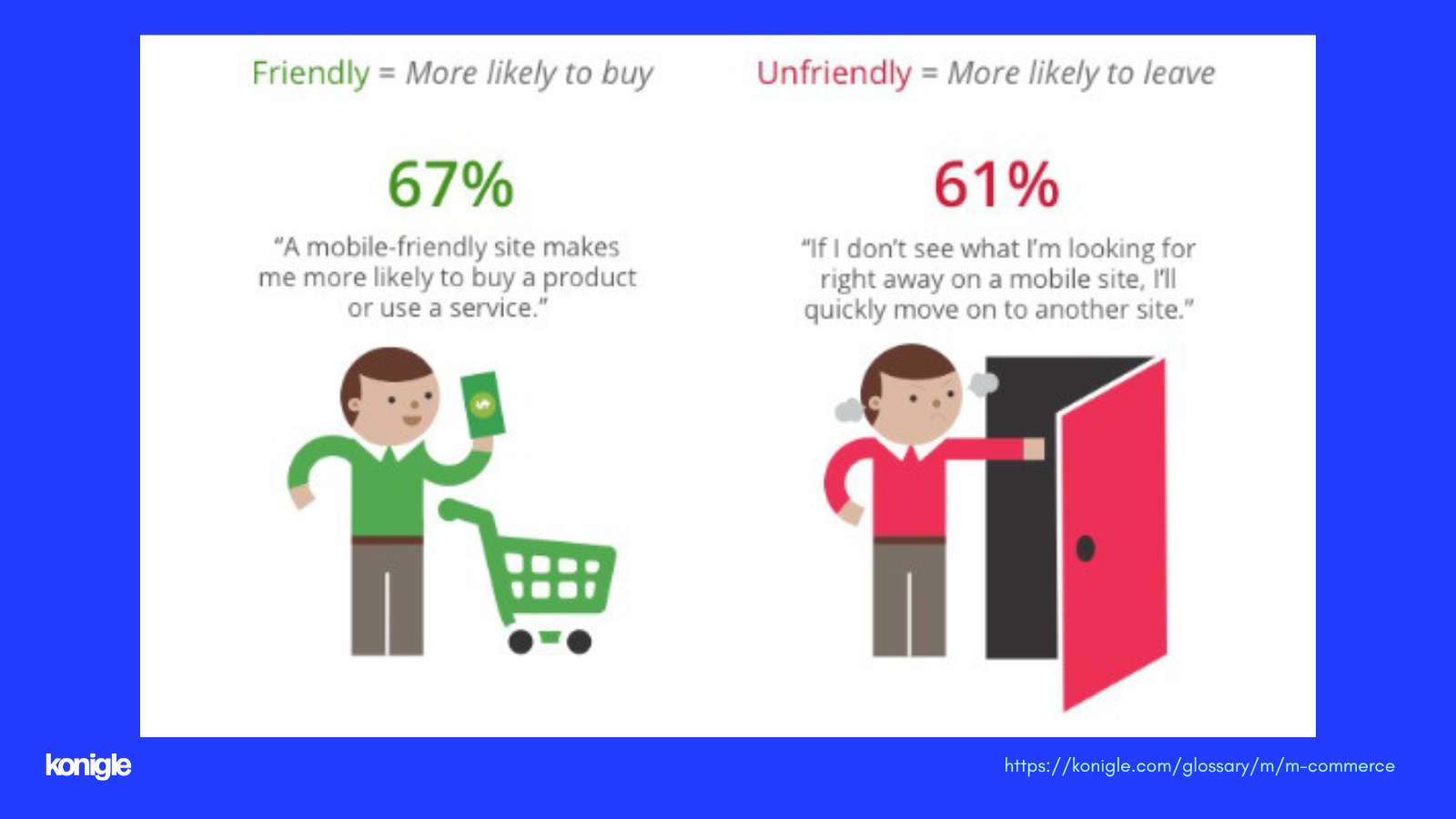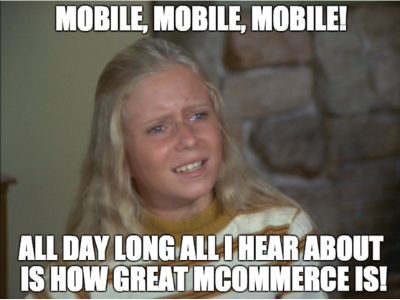M-commerce
A type of e-commerce conducted through mobile devices like smartphones and tablets.
M-commerce, or mobile commerce, refers to the buying and selling of goods and services via mobile devices.
The full form of m-commerce is mobile commerce. It involves using a mobile device (wireless medium) to conduct commercial transactions, including the shopping and sale of products.
As a form of e-commerce, m-commerce allows shoppers to make online purchases without needing to use a desktop (PC). With the help of m-commerce, shoppers can purchase anywhere, provided there's a wireless internet provider available in that area.
Understanding Mobile Commerce
It is mostly expected that the majority of orders will be made using mobile devices, and in the coming few years it will be a boom. So, many online e-commerce businesses have already moved to the smartphone platform to boost their revenues and generate more sales.
As you know, many shoppers use mobile phones to purchase products but over 65% of shoppers abandon carts and over 70% leave their phone numbers.
Konigle's helps you with Abandoned Cart Recovery simply, our human agents engage shoppers who have abandoned carts on your store, by chatting with them over SMS.
M-commerce examples
I would like to share a few examples of m-commerce with you:
- Mobile banking: Users have the convenience of accessing their bank accounts, transferring funds, paying bills, and managing their finances directly from their mobile devices.
- Mobile shopping: Online retailers offer mobile-friendly websites and apps that make it easy for users to browse and buy products from their smartphones or tablets.
- Mobile ticketing: You have the option to buy tickets for events, movies, flights, and other fun activities using convenient mobile apps or user-friendly websites.
M-commerce brings numerous benefits, making your life easier and more convenient. With mobile commerce, you can enjoy the convenience of shopping on the go, access your favorite products and services easily, and receive personalized experiences tailored just for you.
Some exciting features of m-commerce include the ability to make mobile payments, take advantage of location-based services, and benefit from mobile advertising that matches your interests and preferences.
Features of m-commerce
- Mobile payments: With M-commerce, you can easily and securely make payments using your mobile devices. Enjoy the convenience of mobile wallets and contactless payment methods!
- Push notifications: M-commerce platforms have the ability to send personalized push notifications to users, keeping them informed about exclusive deals, discounts, or updates regarding their orders.
- Social sharing: You can effortlessly share your purchases or experiences with others through social media platforms, which will help enhance brand visibility and connect with a broader audience.
Uses of mobile commerce in shopping
1. Browsing and buying
Similar to e-commerce shopping on a desktop, this source of m-commerce involves the shoppers browsing apps, clicking around the website through mobile, and making a purchase. Nowadays, this typically happens via particular apps or websites, but can also take place as a social media purchase on different platforms.
2. Convenience
Many of the orders that take place on smartphones aren’t just retail-related, and m-commerce is not restricted to e-commerce shopping. These orders include buying online food or delivery of some glossary items etc.
3. M-commerce payments
There are many ways to actually make an m-commerce purchase, and many times digital app wallets are growing in use for this. This purchase can be done with a single click or by putting in a pin.
What are the types of mobile commerce?
Mobile Shopping: This type of deal makes online purchases like looking for groceries, daily essentials, and electronics.
Mobile delivery: This type of m-commerce with services related to ordering things.
Mobile Payments: This type mainly focuses on making payment transactions through apps.
Mobile P to P: This type involves sending money from one consumer to another, be it for purchasing a product or sending it to someone in need.
What are benefits of m-commerce?
- Improved customer convenience: With M-commerce, you can easily make purchases and access services at any time and from anywhere, without the hassle of visiting physical stores or carrying cash.
- Personalized shopping experiences: We're excited to let you know that with the help of data analysis and personalized recommendations, m-commerce platforms can now offer you customized product suggestions and promotions that are specifically tailored to your preferences and behavior.
- Seamless integration with other technologies: M-commerce can be easily combined with other exciting technologies like augmented reality (AR) and virtual reality (VR) to elevate the shopping experience.
M-commerce advantages and disadvantages
Advantages
- Provide a better user experience.
- It provides flexibility and an easy-to-use platform to conduct online transactions.
- Increases the number of shoppers' retention by being easily accessible to them.
- M-commerce has a very broad reach to customers.
- M-commerce also helps eCommerce stores target customers according to their location and the type of device they use.
- Convenient for shoppers to compare the pricing and product reviews.
- The costs of the store were also reduced.
- M-commerce allows e-commerce businesses to reach shoppers at the right time, rather than every time.
Disadvantages
- Existing technology to set up an m-commerce little expensive.
- Mobile payment is still not available across many places in the world.
- Sometimes there is the issue of security.
- The possibility of a data leak.




